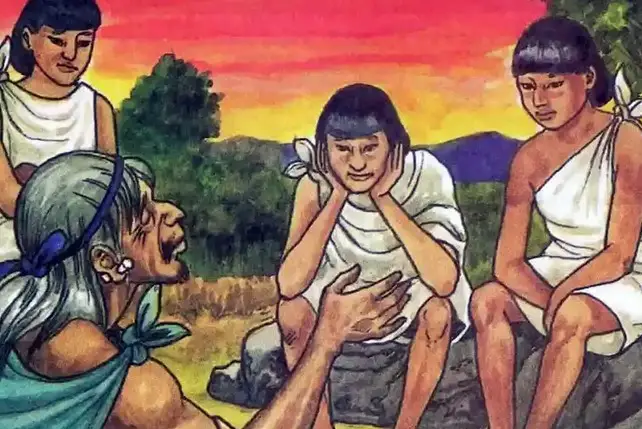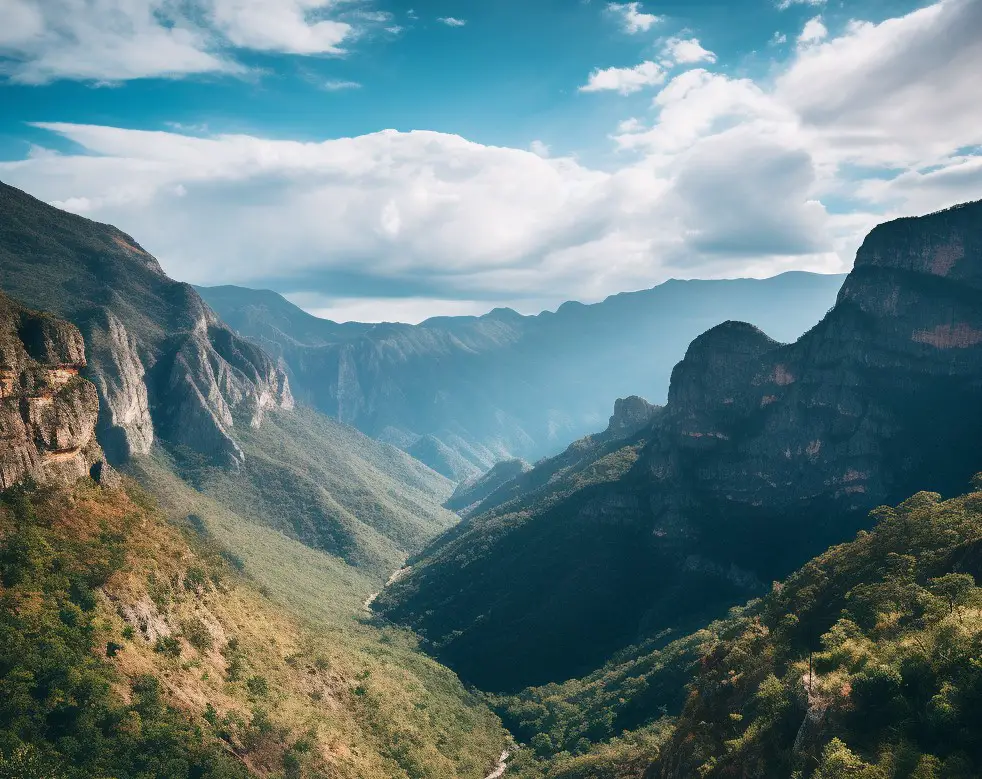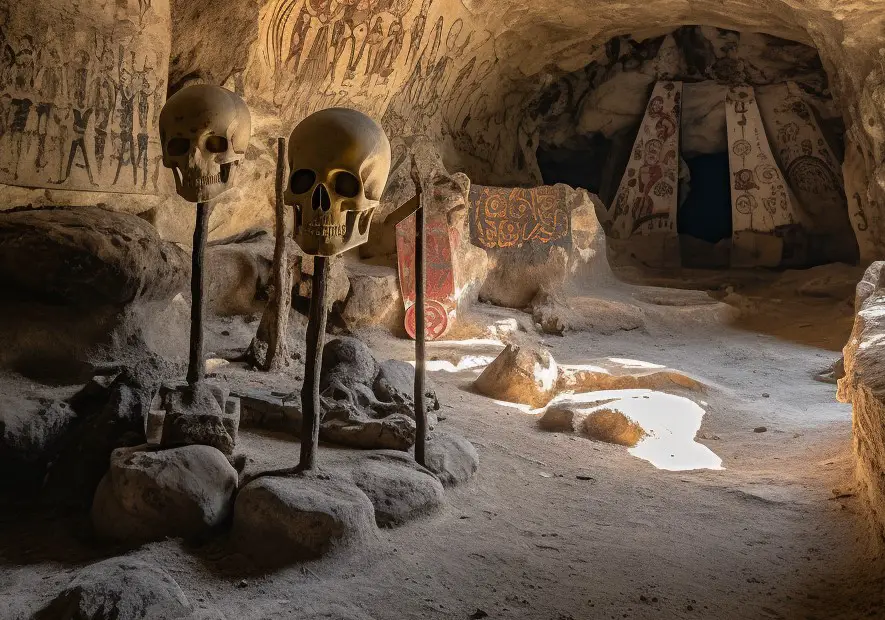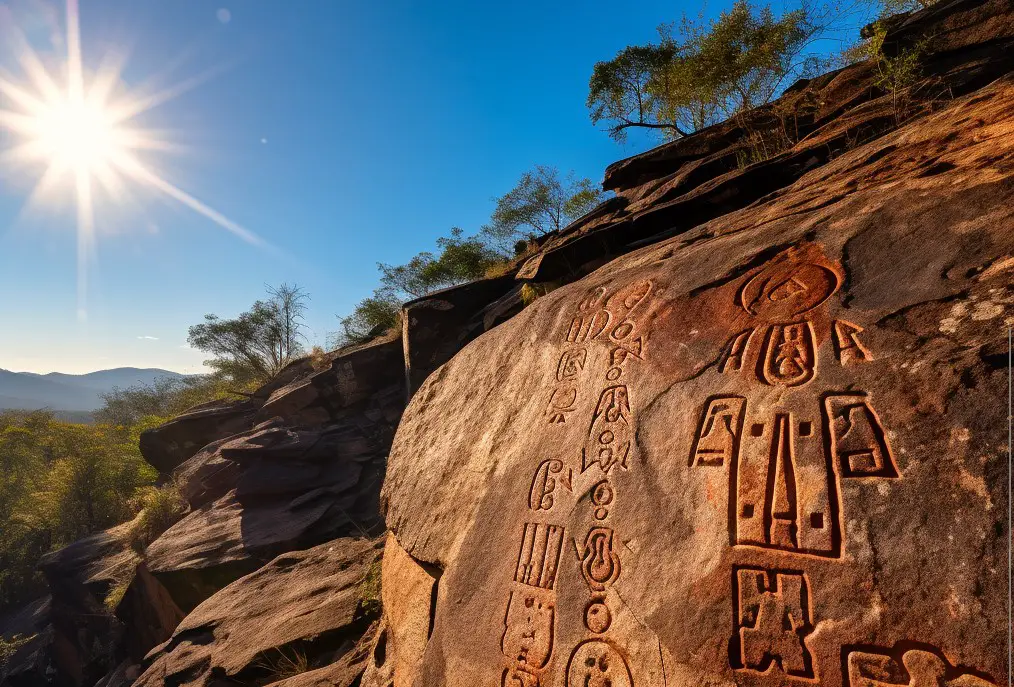 The year 1610 was not a good one for the Jesuit fathers and the Spanish settlers of the sierras in what is now the Mexican states of Sinaloa and Durango. In the beginning of the year bands of the local indigenous group, the Xiximes, began to organize to form a united resistance against the European invaders to their territory. Priests ministering to local Spanish settlers and those natives who converted to Christianity sent dire pleas to Rome in a series of letters. The letters were compiled by a man named Father Nicolás de Almazán and presented to the head of the Jesuit Order in what was called The Annual Report of the Jesuit Mission from the Province of New Spain for the Year 1610. This report was recently discovered in the Vatican and sheds light on this enigmatic and mostly forgotten mountain-dwelling people called the Xiximes who had a bold history of defiance. An unnamed priest trying to survive at a mission near Xixime territory wrote this in his letter to the Jesuit fathers back in Rome:
The year 1610 was not a good one for the Jesuit fathers and the Spanish settlers of the sierras in what is now the Mexican states of Sinaloa and Durango. In the beginning of the year bands of the local indigenous group, the Xiximes, began to organize to form a united resistance against the European invaders to their territory. Priests ministering to local Spanish settlers and those natives who converted to Christianity sent dire pleas to Rome in a series of letters. The letters were compiled by a man named Father Nicolás de Almazán and presented to the head of the Jesuit Order in what was called The Annual Report of the Jesuit Mission from the Province of New Spain for the Year 1610. This report was recently discovered in the Vatican and sheds light on this enigmatic and mostly forgotten mountain-dwelling people called the Xiximes who had a bold history of defiance. An unnamed priest trying to survive at a mission near Xixime territory wrote this in his letter to the Jesuit fathers back in Rome:
“These Xixime Indians are the most warlike of all those which to date have been discovered in this kingdom of New Spain, and they have always maintained their houses and settlements in the heart of this province, never having been conquered by the Spaniards or the Christianized Indians who surround them. Their ferocity and bravery, the roughness and ruggedness of the depths of the canyons where they live, the mountain thickets which fortify and guard them are reasons which up until now have made them so insolent and so impregnable that no one has dared make war on them. And when Christian Indians or Spaniards have at times attempted to do so, upon encountering them they have turned and fled, losing not only honor but lives. Because of these victories they remain so haughty and so daring that every day they make a thousand assaults against the neighboring Indians, there being not one who falls into their hands that they do not kill and eat, taking away their bones and skulls to celebrate with them in their dances and hanging them over their doors as trophies of their victories. The Acaxee Indians, who border them to the north, have suffered the most harm from these barbarians. Finding themselves so exhausted and persecuted by the Xiximes, who little by little were destroying them, for three or four years they sent petitions to the governor at Nueva Vizcaya to protect and defend them, as Christians and vassals of His Majesty the King, from such cruel enemies.”
 The governor of Nueva Vizcaya ordered the captain of the presidio at San Hipólito to make peace with the Xiximes at any cost, and this captain did make some headway with a minor cacique or local chief of the Xiximes. This older cacique was open to converting to Christianity and over a period of a few weeks tried to come to an agreement with the Spaniards. Back in the heart of the Xixime territory the majority of Xiximes considered this older cacique a traitor who did not speak for the whole Xixime nation. In a letter to the Vatican, a Jesuit references this attempt at making peace. He writes:
The governor of Nueva Vizcaya ordered the captain of the presidio at San Hipólito to make peace with the Xiximes at any cost, and this captain did make some headway with a minor cacique or local chief of the Xiximes. This older cacique was open to converting to Christianity and over a period of a few weeks tried to come to an agreement with the Spaniards. Back in the heart of the Xixime territory the majority of Xiximes considered this older cacique a traitor who did not speak for the whole Xixime nation. In a letter to the Vatican, a Jesuit references this attempt at making peace. He writes:
“On various occasions during this period the Xiximes had been determined to kill this cacique and his people because of their friendship with the Spaniards, and it was a wonder that they did not carry out their intentions when the cacique brought the renewed proposal to them from the captain of San Hipólito. On that occasion they answered quite openly and insolently that he might go and tell the captain and his soldiers that they did not want peace with the Spaniards without first waging war. Later they might engage them in battle but if not, they would be ready to hunt them down and kill them in their own territory and they would eat them because the meat of the Spaniards tasted good to them. Saying this, they gathered together a large squadron of people and marched toward the mining camp called Las Virgenes in order to destroy it and kill those Spaniards who resided there.”
Later, another Jesuit father wrote about what happened next:
“With this news the whole land became terrified and agitated. The governor hoping to prevent a general uprising and desiring to punish the perpetrators of such a great outrage, consulted with the Marqués de Salinas, the viceroy and captain-general of New Spain over what he should do in this case. His Excellency, with the advice and accord of his oidores and other qualified jurists and theologians, both religious and secular, determined and ordered the governor to go personally with as many warriors as he could gather to punish these crimes and to curb those people.”
The governor did this and history records Captain Francisco Urdiñola entered Xixime territory with 200 Spanish soldiers and over 1,100 Christianized Indians and hunted down the resistors in their own turf. The Xixime struggled valiantly against this massive onslaught.
Before jumping to the end, we will pause here to look at this long-forgotten people, known as the Xixime or Jijime. Although the name sounds similar to “Chichimeca,” the Xixime are not to be confused with the “warriors of the North” discussed in Mexico Unexplained episode number 142: https://www.youtube.com/watch?v=p2e0fIy7Wg4&t=36s The first Xixime encounters with the Spanish occurred in the early 1530s and could be described as mixed with caution, friendliness and hostility. Conquistador Nuño de Guzmán briefly mentioned the Xixime people in his written accounts of his conquest of Sinaloa. When the Spanish Empire started consolidating its control over what is now western Durango and the mountainous parts of what is now Sinaloa, Xixime territory was mostly overlooked because of its remoteness and its harsh terrain. There were some priests who made inroads into the Xixime homeland and from them we have precious information about who these people were thanks to the overly educated clergymen who had a zest for documenting anthropological details of newly encountered peoples.
 The Xixime were divided into two subgroups speaking two different but mutually understandable dialects. The dialect called Hine was spoken in the northern part of Xixime territory and a dialect called Hume was spoken in the south. The Xixime language was from the Uto-Aztecan family and was distantly related to Nahuatl spoken by the Aztecs and several indigenous languages still spoken in the American West. Linguists believe that the Xixime language was related closely to the language currently spoken by the Tarahumara people whose homeland is hundreds of miles to the north. An extensive dictionary and grammar of Xixime was compiled by a Spanish priest in the 1550s but this work is currently lost. There were two main cities of the Xixime, Chametla, on the Baluarte River, and Quesala, on the Presidio River. While these sites have been identified, there has been little archaeological work done in the highlands of Sinaloa and no Xixime site is fully excavated and open to tourists. The main Xixime cities had small central plazas with crude temples and ballcourts, a shadow of what their Aztec or Tarascan neighbors had at the heights of their civilizations. The city or town hubs mostly existed to support agriculture. Unlike neighboring civilizations, the Xixime did not profit from being located on strategic trade routes and there was very little trade going in and out of Xixime territory. Their culture evolved in a state of semi-isolation. Throughout the years, as they kept their outside interactions to a minimum, the Xixime got the reputation of being hostile and aloof and surrounding tribes often went to war with them.
The Xixime were divided into two subgroups speaking two different but mutually understandable dialects. The dialect called Hine was spoken in the northern part of Xixime territory and a dialect called Hume was spoken in the south. The Xixime language was from the Uto-Aztecan family and was distantly related to Nahuatl spoken by the Aztecs and several indigenous languages still spoken in the American West. Linguists believe that the Xixime language was related closely to the language currently spoken by the Tarahumara people whose homeland is hundreds of miles to the north. An extensive dictionary and grammar of Xixime was compiled by a Spanish priest in the 1550s but this work is currently lost. There were two main cities of the Xixime, Chametla, on the Baluarte River, and Quesala, on the Presidio River. While these sites have been identified, there has been little archaeological work done in the highlands of Sinaloa and no Xixime site is fully excavated and open to tourists. The main Xixime cities had small central plazas with crude temples and ballcourts, a shadow of what their Aztec or Tarascan neighbors had at the heights of their civilizations. The city or town hubs mostly existed to support agriculture. Unlike neighboring civilizations, the Xixime did not profit from being located on strategic trade routes and there was very little trade going in and out of Xixime territory. Their culture evolved in a state of semi-isolation. Throughout the years, as they kept their outside interactions to a minimum, the Xixime got the reputation of being hostile and aloof and surrounding tribes often went to war with them.
Part of the Xixime reputation includes their seemingly overboard practice of cannibalism. There is a huge academic debate about whether this is even true. Some scholars believe that the rumors of non-ritualistic cannibalism, or eating people as a regular part of the tribe’s nutrition, were started by surrounding tribes during the early years of the Spanish conquest. The Xiximes’ enemies created these terrible stories of the flesh-eating mountain tribe to get the help of the Spanish to defeat the Xixime people, so the theory goes. Some researchers believe that the Xixime started the cannibalism rumors themselves in hopes that the Spanish would fear them and leave them alone. So, the idea of the Xiximes being bloodthirsty man-eaters could have just been mere 16th Century indigenous propaganda. Still another twist to this is that the Spanish documented this cannibalism, too, but they may have had their own motives to perpetuate a possible horrible myth. The more gruesome the Xiximes were made out to be, the more troops and financial support the presidios and garrisons surrounding Xixime territory would receive from Mexico City and Spain. The debate on Xixime cannibalism has continued into the 21st Century. Mexico’s National Institute of Anthropology and History has maintained for years that the Xixime were not cannibalistic outside of small instances where cannibalism was used in rituals. An October 1, 2011, article in National Geographic News challenges the official claim from Mexico’s National Institute of Anthropology and History. Mexican archaeologist José Luis Punzo uncovered evidence of scraping and boiling of human bones in a cave in Durango called Cueva del Mague dating to the time of the Xixime occupation of the region. The  counterargument here is that this is just one cave, one small site, and what was discovered there cannot be extended to the rest of Xixime society or history. The cannibalism debate will rage on. It is certain that modern-day Mexicans tell stories of cannibalism among the Xiximes to scare children, claiming that the Xiximes will leave their secret mountain hideaways and come after bad children to eat them. Some of these stories paint the Xixime as flesh-eating giants, standing some 8 feet tall.
counterargument here is that this is just one cave, one small site, and what was discovered there cannot be extended to the rest of Xixime society or history. The cannibalism debate will rage on. It is certain that modern-day Mexicans tell stories of cannibalism among the Xiximes to scare children, claiming that the Xiximes will leave their secret mountain hideaways and come after bad children to eat them. Some of these stories paint the Xixime as flesh-eating giants, standing some 8 feet tall.
Little is known about the Xixime people’s religion. What modern-day researchers can surmise about it comes from vague and incomplete early Spanish accounts and what they can glean from petroglyphs or rock art drawn on the canyon walls and mountainside cliffs found throughout the former Xixime territory. We know that there were two main deities. One was a powerful feminine entity called Uxu’u and may have been instrumental in fertility and farming. The other main god was called Pizintli who is associated with the sun. Many Xixime rock art carvings depict what has been identified as Pizintli with a staircase next to him, which may symbolize the procession of the sun across the sky or could have something to do with what happens to a person after death. Other petroglyphs show other possible supernatural beings, spirits or gods but no one knows how to interpret them. Again, very little is known about the beliefs of these isolated mountain people.
And what became of the Xiximes? That major attack led by Francisco Urdiñola in early 1610 – with his 200 Spaniards and 1,100 indigenous allies – decimated this proud mountain people. By October of 1610 the main Xixime leaders surrendered to the Spanish. Xixime resistance continued sporadically over the next decade, with many remaining Xiximes participating in a 1616 uprising in the region. By the 1620s many Xiximes had entered the Spanish mission system or were transported as laborers to other parts of New Spain. By the late 1600s the Xixime language was extinct and there was little Xixime culture left as people intermarried or moved out of the traditional homeland. Today we are only left with a vague history, an ongoing debate about cannibalism and those terrible stories used to scare children.
REFERENCES
Naylor, Thomas H., and Charles W. Polzer, editors. “Urdiñola Subdues the Xiximes.” The Presidio and Militia on the Northern Frontier of New Spain: A Documentary History, Volume I, 1570-1700, University of Arizona Press, 1986, pp. 200–44.
INAH
